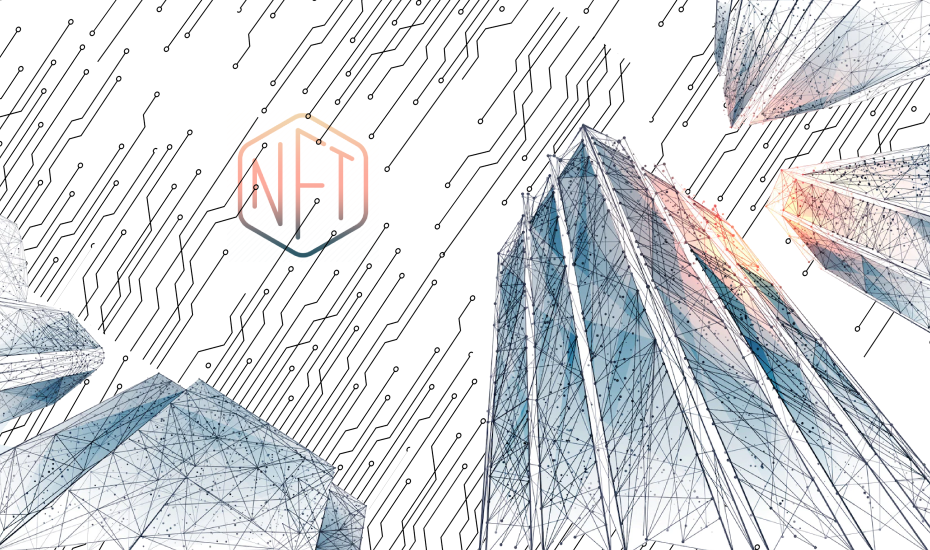Real estate is making its own move towards the blockchain with the creation of Non Fungible Tokens which represents physical assets.
Before we get into the topic let’s understand what NFTs really are.
What’s an NFT? NFTs are unique tokens issued on the blockchain which represent something that’s one of a kind.
What’s the purpose of NFTs? NFTs are now mostly used to market digital art. It’s impossible to distinguish which duplicate of digital art is the genuine “original” because it’s so easy to replicate. As a result, digital art hasn’t had a collectible value until lately. NFTs, on the other hand, allow digital art to be linked to a unique number kept on the blockchain. The token may be sold to transfer ownership of the digital collectible while ensuring authenticity.
Buying a GIF art for multi million dollars is not the actual purpose of NFTs. The current NFTs have no intrinsic value whatsoever, but have sold for multiple millions. The recent and sudden fall in The Bored Ape Yacht Club floor price is just an example of that.
NFTs will only be useful once it is connected to a physical asset or any digital assets which gives an actual value proposition rather than a gif.
Now let’s dive back into the use of NFTs in real estate market.
1. Seamless Ownership transfer
The major problem the real estate industry is facing is transfer of ownership. It takes a huge amount of paperwork and time to buy or sell a property. With the use of NFTs and Smart contracts, the transaction process can be streamlined and transfer ownership within a minute.
2. High transparency and security
Digital transactions are often susceptible to cyber fraud and that’s why real estate transactions are still offline mostly. The huge amount of paperwork for ownership transfer and mortgage is just to eliminate the fraud.
With use of blockchain and NFT, you can achieve higher levels of security and data integrity. This allows both buyer and sellers to transfer assets without any hassle.
Buyers can either borrow the property against the NFT using Decentralised Finance (DeFi) or Traditional finance by skipping the bank’s long due diligence process while taking a mortgage.
3. Fractional Ownership of properties
The NFT associated with a property can again be divided into multiple stakes through fractional NFT. It is accomplished by the use of a smart contract that divides one NFT into a certain number of tokens, each of which is tied to the parent NFT. Each token represents a portion of the NFT and, as a result, of the underlying asset.
The Challenges? Well, so in theory Blockchain and NFTs are going to revolutionise commercial real estate. And in reality there are many challenges to make this happen.
- Real estate is always a slow paced industry. Just recently we have started seeing virtual tours and other technical advancements.
- Most of the real estate properties are primarily owned by the old generations and are often less enthusiastic about adopting the latest technology.
- The government rules and regulations, and taxes could also affect the adoption of NFTs to the real estate market.
The Future? Due to lack of proper procedures and weak evidence of ownership, real estate has been plagued with fears of inefficiency and fraud. For example, anybody might falsify a person’s property ownership paperwork and make illegitimate claims. Non-fungible tokens provide much-needed change in these situations by providing strong proof of ownership for real estate. You won’t have to worry about establishing your ownership of the property.
Blockchain and NFTs bring transparency, security and authenticity to the real estate market and it sure will be a massive leap for the industry.

